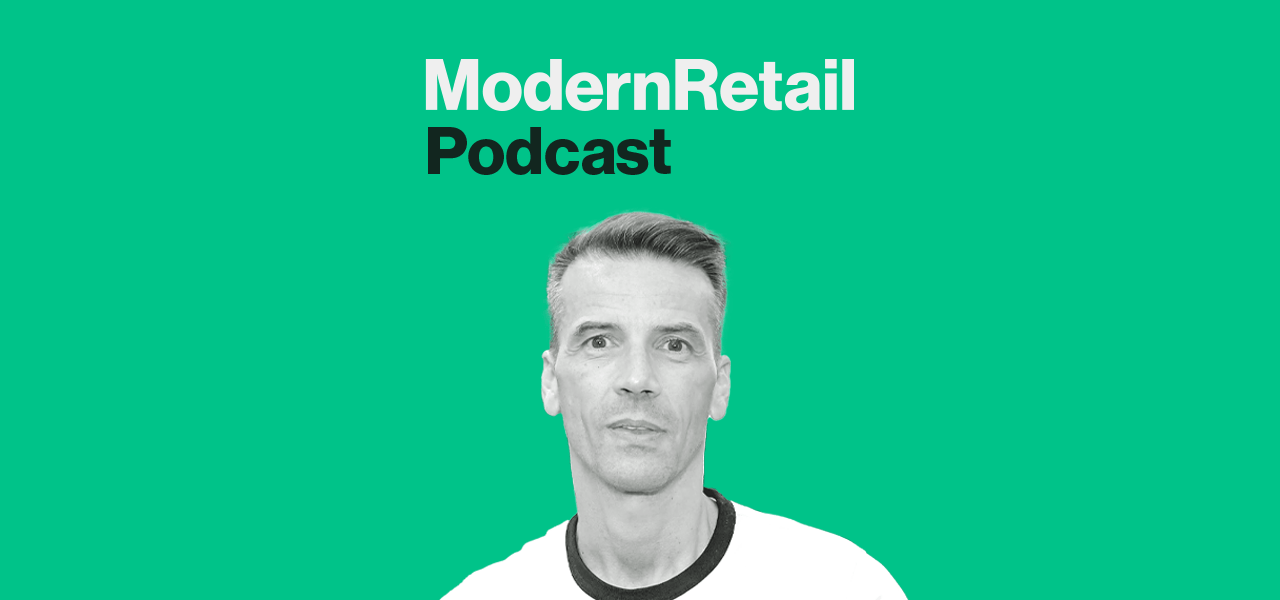‘People want to go to the physical stores’: Levi’s Rui Carlos da Silva Araujo on the brand’s Latin America DTC strategy

Subscribe: Apple Podcasts • Spotify
Levi’s Latin American business is growing — but it’s very different from its Northern counterparts.
The apparel brand’s svp and managing director of Latin America, Rui Carlos da Silva Araujo, spoke on the Modern Retail Podcast about how the company approaches this part of the business — and its overall approach to DTC. This episode was recorded live at the Modern Retail DTC Summit held in Miami. Levi’s Latin American business grew by about 70% in the first quarter of fiscal year 2022, and Araujo said the company plans to continue growing and opening more stores.
While the brand’s digital business is continuing to grow, Araujo said stores remain one of the most important sales channels. “We see this opportunity still in Latin America that people want to go to the physical stores,” he said.
Currently, Levi’s has 400 stores in the Latin American region, and the company is in the midst of an overhaul of its entire experience. It recently unveiled its Indigo store concept, which Araujo described as a way to showcase Levi’s as lifestyle brand. It features fewer products and more experiences, such as in-store tailor shops. “The stores are really happier, the product is different,” Araujo said. He hopes to have 50% of the Latin American stores to feature the Indigo model within the next two years.
But no one store is the same. That’s because Levi’s customers are different not only between regions, but also between countries. Latin American customers, he said, “are much more European-driven — south European, like Spain in Italy — much more than the U.S. in some countries in Latin America. So the Colombians, the Argentinians and the Brazilians, they are really, really fashionable.”
Even with the emphasis on stores, Levi’s is still focusing a great deal on digital. It has its own DTC sites for all the countries it serves, but local marketplaces like Mercado Libre also play a big role. “You need to have your mark, you have your own sites,” he said. “But you need to have your marketplace players there.”
Ad position: web_incontent_pos1
Even so, a big focus for Levi’s right now is thinking about new retail concepts that customers will want to hang out in. Said Araujo, “we are seeing this momentum and the physical retail is working for us. So I think that’s a huge opportunity.”
Here are a few highlights from the conversation, which have been lightly edited for clarity.
On the different Latin American consumer profiles
“[The consumer profile] is completely different — not only for the season, because they will demand different products because of the season. But I think Latin America — and especially Argentina, Brazil, Colombia — they are much more fresh and driven then I would say some countries in the North hemisphere — like Mexico, for instance, that are much more formal. We don’t like the word fast fashion. We like the word lifestyle. We are much more a lifestyle brand. But yes, I think they are much more European-driven — south European, like Spain in Italy — much more than the U.S. in some countries in Latin America. So the Colombians, the Argentinians and the Brazilians, they are really, really fashionable. So I think the consumer is quite different. So we need to adapt to that one.”
Levi’s Latin America e-commerce strategy
“E-commerce for us is nothing like U.S. or Europe. Like seven years ago, we started this e-commerce. It’s growing, growing, growing, growing from a low basis. We want to grow faster. So, normally, we use 3PL full-commerce providers. So we normally don’t do it in-house 100%. We always hire a partner that does the service for us with full control of the brand from us. And the other important thing in Latin America is marketplaces. So marketplace is the key. You need to have your mark, you have your own sites — levi.com.mx, whatever. But you need to have your marketplace players there. But you need to control the marketplace, so we control the product, we control the pricing. Because you can’t allow a marketplace to control your brand, otherwise it’s going to be starting to markdown and markdown.”
Outlets are the next big opportunity
“There’s a huge whitespace [with] outlets in Latin America. Not that much in the U.S. probably, but [there’s a] huge opportunity to expand in terms of real estate. After the pandemic — we are Latins, and we like to touch ,we like to hug, we like to go to the stores etc. So our [store] traffic is crazy high. People are really coming back to the stores. We are seeing this momentum and the physical retail is working for us. So I think that’s a huge opportunity.”

